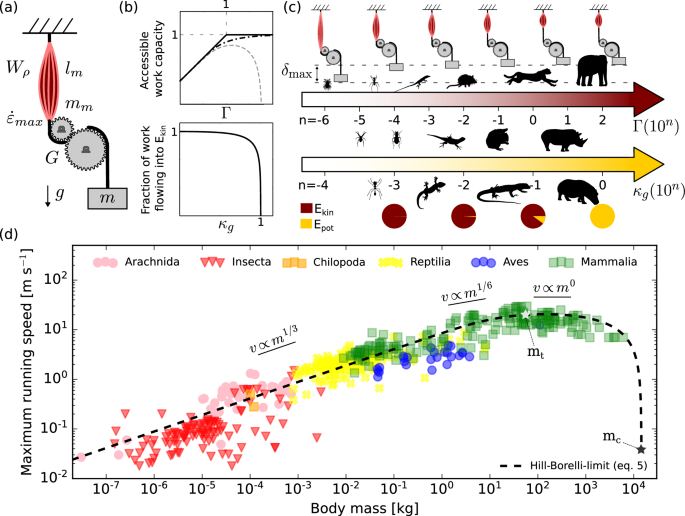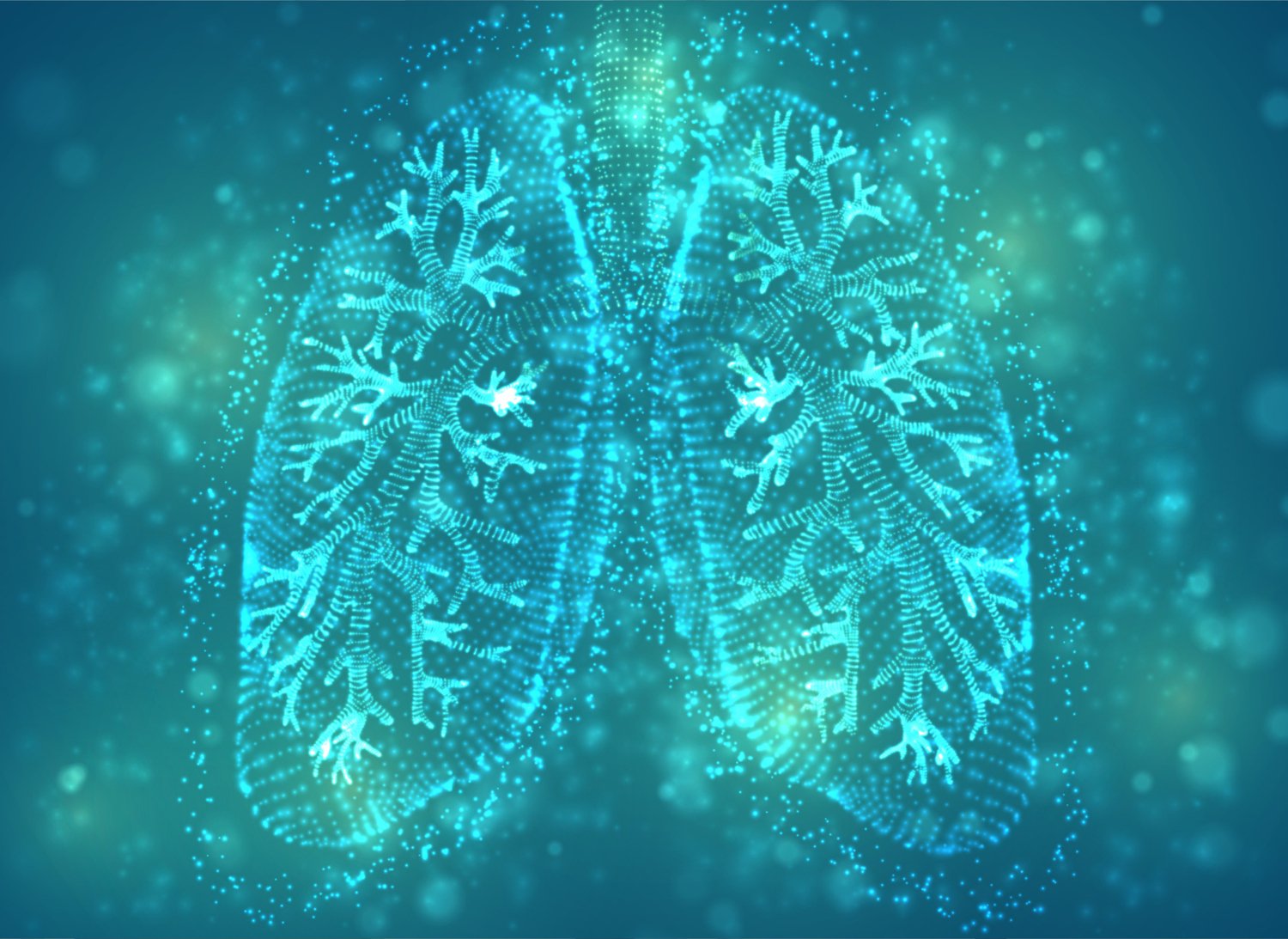2024-03-13 インペリアル・カレッジ・ロンドン(ICL)
<関連情報>
- https://www.imperial.ac.uk/news/252000/largest-study-explores-impact-dust-tube/
- https://www.sciencedirect.com/science/article/pii/S0160412024001156
ロンドン地下鉄における粒子状物質への職業曝露と職員の病気欠勤 Occupational exposure to particulate matter and staff sickness absence on the London underground
Justie Mak, Johanna Feary, André F.S. Amaral, Emma Marczylo, Paul Cullinan, David C. Green
Environment International Available online:27 February 2024
DOI:https://doi.org/10.1016/j.envint.2024.108529
Highlights
•Largest occupational cohort study conducted in a subway system.
•PM2.5 mass concentration on the London Underground can be 15 times higher than outdoor air in London.
•Subway PM exposure amongst staff is heterogenous and drivers have the highest exposures.
•Office staff had lower sickness absence rates from all-causes and infections.
•No exposure response relationship between PM2.5 and sickness absence was seen to support causal associations.
Abstract
The London Underground (LU) employs over 19,000 staff, some of whom are exposed to elevated concentrations of particulate matter (PM) within the network. This study quantified the occupational exposure of LU staff to subway PM and investigated the possible association with sickness absence (SA).
A job exposure matrix to quantify subway PM2.5 staff exposure was developed by undertaking measurement campaigns across the LU network. The association between exposure and SA was evaluated using zero-inflated mixed-effects negative binomial models.
Staff PM2.5 exposure varied by job grade and tasks undertaken. Drivers had the highest exposure over a work shift (mean: 261 µg/m3), but concentrations varied significantly by LU line and time the train spent subway.
Office staff work in office buildings separate to the LU network and are unexposed to occupational subway PM2.5. They were found to have lower rates of all-cause and respiratory infection SA compared to non-office staff, those who work across the LU network and are occupational exposed to subway PM2.5. Train drivers on five out of eight lines showed higher rates of all-cause SA, but no dose–response relationship was seen. Only drivers from one line showed higher rates of SAs from respiratory infections (incidence rate ratio: 1.24, 95% confidence interval 1.10–1.39). Lower-grade customer service (CS) staff showed higher rates of all-cause and respiratory infection SA compared to higher grade CS staff. Doctor-certified chronic respiratory and cardiovascular SAs were associated with occupational PM2.5 exposure in CS staff and drivers.
While some groups with higher occupational exposure to subway PM reported higher rates of SA, no evidence suggests that subway PM is the main contributing factor to SA. This is the largest subway study on health effects of occupational PM2.5 exposure and may have wider implications for subway workers, contributing to safer working environments.
Graphical abstract



